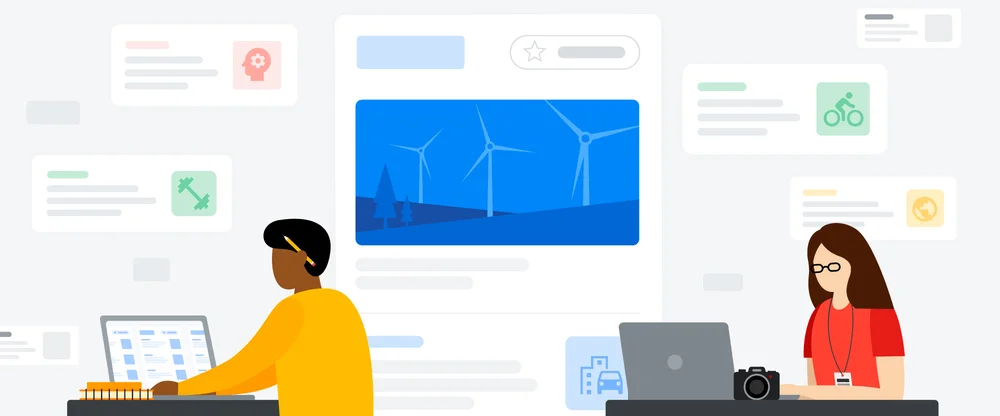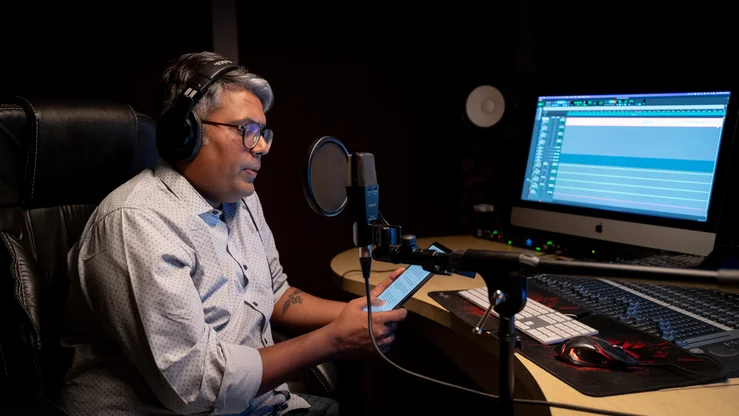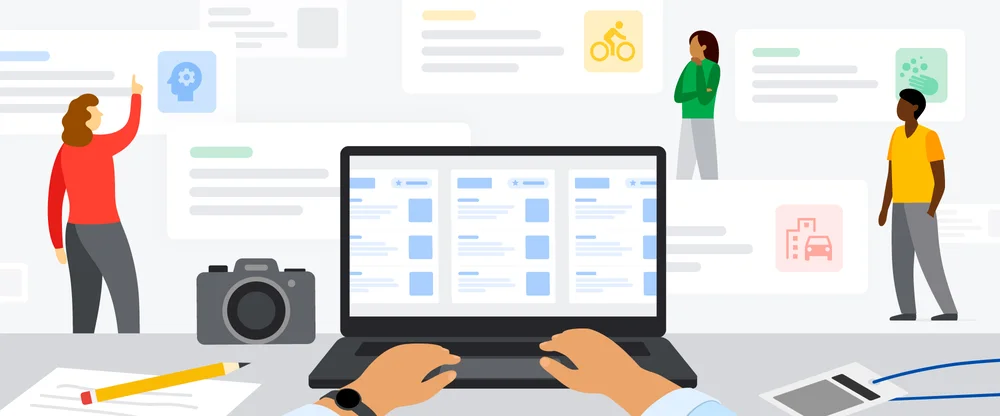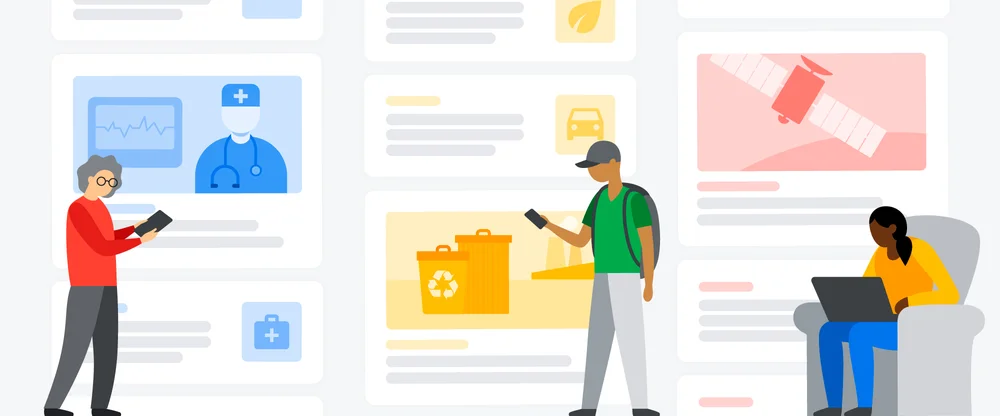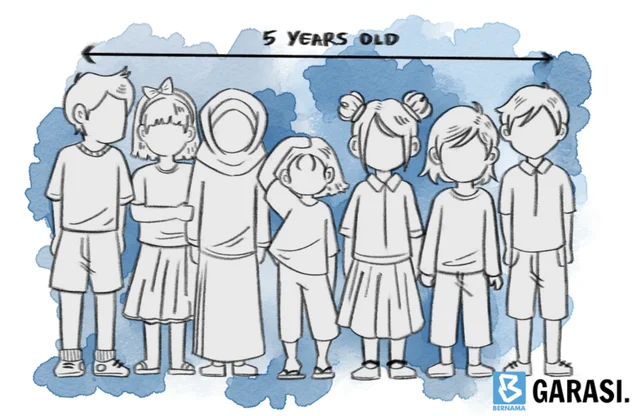Tips for newsrooms to tell the local story when it matters most
During crises like Hurricane Irma or the Santa Rosa fires, local reporters are often the first on the scene and capture critical coverage. They have in-depth knowledge of the community and its landmarks, providing insights and context to these breaking news events.
When Hurricane Irma was approaching Miami, the reporting team at the Miami Herald was ready to cover the storm, with journalists posted up at the office, and others positioned in the field. Tim Grieve, Vice President of News at McClatchy, says that was only half the job. "We needed to make sure this life-saving information got in front of readers, too. So we worked to take advantage of all the Google tools available to maximize our reach. The results were incredible—huge bursts of traffic on Play Newsstand and double the usual readership to the Miami Herald site.”
When news is breaking, every minute of your newsroom’s time matters. So we want to make sure you’re set up and ready to go across Google products in the case of a crisis hitting your local community. We’ve created a checklist to help ensure your stories reach the biggest possible audience from Google’s platforms like Search, Google News and Google Play Newsstand—and that you’re aware of the array of tools that can help you report on breaking news.
These suggestions include best practices to implement in advance of a breaking news event, as well as steps to take the moment an event happens—helping your reporters tell the important stories, while making it easy for local and national audiences to find them.
In preparation for a breaking local news event:
- Create an edition in Google Play Newsstand: Google Play Newsstand is a news and magazine reading app with more than 100 million monthly active users. Readers get a customized stream of news that gets better as they use it, and can subscribe to specific publishers and topics of interest. Set up and publish your local editions on Google Play Newsstand to distribute your content to additional readers.
- Check your presence in Google News: Google drives more than 10 billion clicks a month to news sites, and Google News is a key piece of this process. Google News data feeds into many of our other tools, such as Google Search and Google Finance. Check that your local sites are included in Google News, and if not, start the application process. Once you’ve done so, learn more about additional Google News features like Editors’ Picks. With Editors’ Picks, your editors can choose what stories they’d like to highlight, and these stories could potentially appear right on the Google News homepage.
- Leverage the speed of AMP: More than 50% of people abandon a page that takes more than three seconds to load, and mobile pagespeed is even more critical for users during times of crisis. With AMP, your mobile articles are consistently fast, easy-to-read and high-performing across devices and distribution platforms. AMP pages load four times faster—in less than one second when referred from Google Search. Learn the basics of AMP and how to implement AMP on your site.
- Create a presence on YouTube: Each day more than 5 million hours of news content is consumed on YouTube. Establish your presence by creating YouTube channels for your sites. It’s important to upload your top video content right away, and to always include location and descriptive information so your videos can be found easily.
When a breaking local news event occurs:
- Maximize your potential audience: If you have a paywall, consider removing it during the breaking news event so those in the community can access the stories and information you’re writing. It's in these crucial times of need that local media can really show their value to the community they report on, giving publishers the opportunity to turn that casual reader into a loyal subscriber after the event.
- Build a monetization strategy with an influx of traffic in mind: As you see your traffic increase during the breaking news event, you need a strategy in place to monetize the additional impressions. For example, if you use Doubleclick AdExchange, consider lowering your CPM thresholds to sell more impressions and drive revenue.
- Add Fact Check markup to your debunking articles: During breaking news, there’s a thirst for cold hard facts, yet as events unfold, these facts can take time to emerge. If your team debunks any misinformation being circulated about a breaking news event, we recommend adding the Fact Check markup. Implementing the Fact Check markup will label and highlight your article on Google properties as "fact check," meaning that particular article is fact checking another article or statement.
- Implement the Google News standout tag: Adding the standout tag to your articles gives our algorithm a signal that you’ve published a critical local story, and increases the likelihood the article will appear with the “Featured” label in Google News. We recommend using the standout tag to flag your top local content (up to seven articles per week) for breaking news events.
- Building on your YouTube audience: Upload content quickly on your YouTube channel, provide strong metadata, and create new videos to provide updates on the story. We also recommend that you create a playlist for the event, so people can more easily discover and browse your event-specific videos.
- Use Google Trends Local to understand what your community is looking for: Search trends data can be really useful to give you a view into what your local community is concerned about or focused on—whether readers are looking for sandbag stations or evacuation sites. Check out the Google Trends site for recent search trends data.
- Incorporate Google Maps and Earth imagery into your stories to help readers: Create your own emergency maps (like this Google My Map from CAL FIRE), and sign up to receive fresh satellite imagery to show before and after views of an affected area.
As your team uses these tips, we’d love to hear firsthand feedback and examples, which you can send to newslabsupport@google.com.
